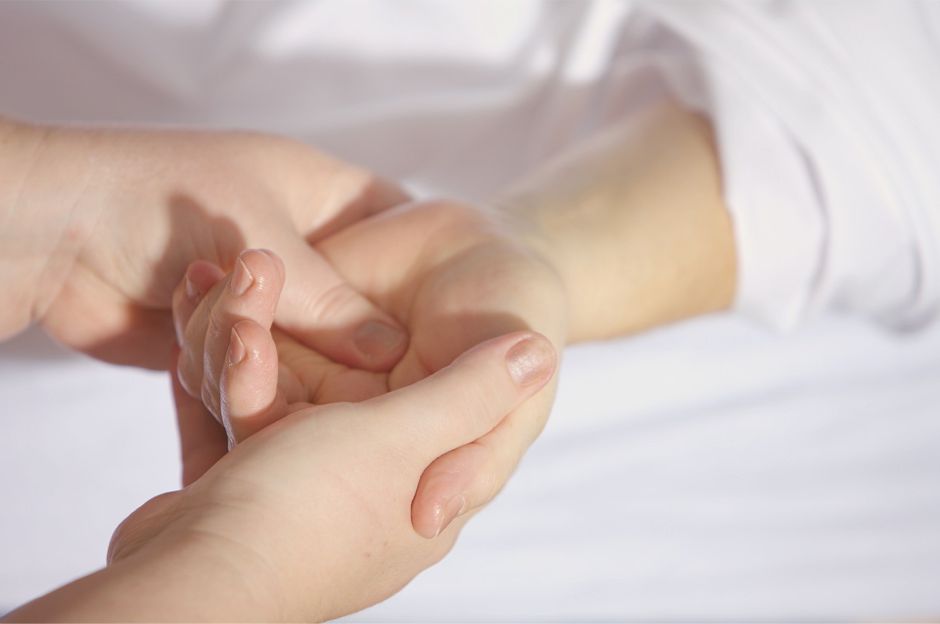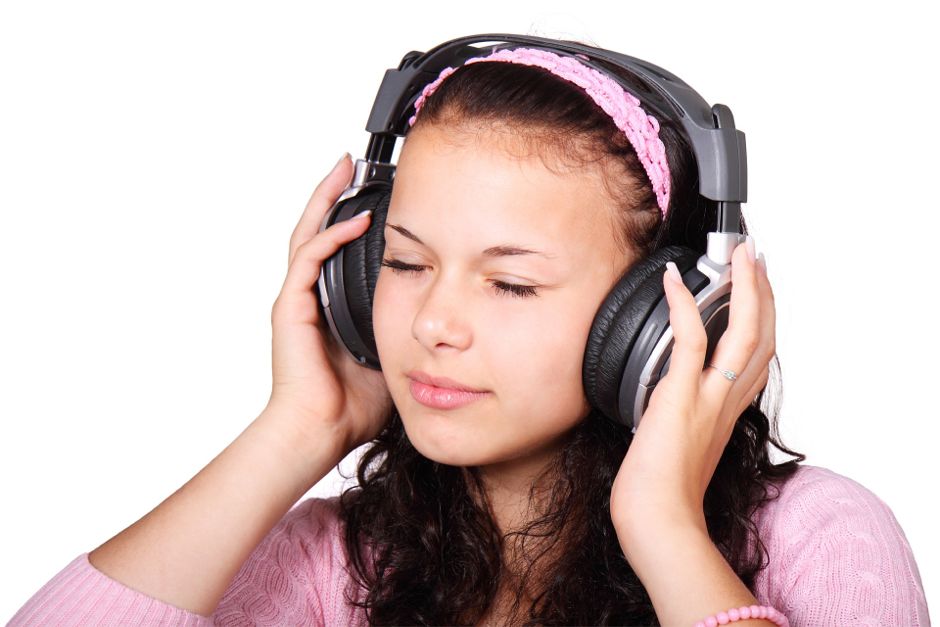When I was a child, if someone were to whisper into my ear, I would get a tingly sensation running from my spine down my back and into my legs. The gentle force of that person’s breath against my ear created this sensation. I would invariably shrink away saying “That tickles.” Though I didn’t know it then, my response has its roots in one of today’s hottest trends.
ASMR or Autonomous Sensory Meridian Response has become a relatively new adult phenomenon that has found fame on YouTube. Certain sounds or music are claimed to produce a “brain massage” or “brain-gasm” in the listener. It is most often defined as a pleasurable feeling or tingling sensation that begins in the scalp running down the body. The ASMR response is triggered by many different types of stimuli: crinkling paper, scalp massage, whispers, humming, playing with the hair, fanning a book’s pages; the list is limited only by the recipient’s individual reaction.

Introduced in 2010, (by Jennifer Allen – you can read her story here), ASMR has fast become another method for producing relaxation in our ever more stressful world. Adherents put on headphones and listen to videos, or enlist a partner to play with their hair, or sign-up for massages. Many recorded sessions are geared toward helping the listener to fall asleep.
Initiating a stimulating trigger, the recipient will almost immediately begin to feel a relaxing, almost sedative-like state. Accompanied by other emotions such as happiness, calming, and pleasure, the condition is becoming highly sought after. Unlike the similar experience of frisson, whose sensory response is usually a chill accompanied by goosebumps brought on when listening to music, this is a more serene and longer lasting state of mind.
Unfortunately, not everyone experiences this sensation. Where meditation, if practiced regularly, allows anyone to reap the rewards of a peaceful, relaxed state, ASMR is biologically selective in its chosen beneficiaries. Since not everyone can experience it, some question its existence.

Science has now gotten involved and has begun to study the phenomenon. Recognized as different from other atypical sensory events, as in the case above, there is much to learn about this experience. But science is clearly at the beginning stages of investigation. Significant evidence and solid, proven methodology are years, if not decades, away.
However, there exists many, many anecdotal reports. Though not scientific, they are very compelling. My guess is that the answer lies within the individual’s sympathetic nervous system and how susceptible or sensitive that person is to environmental stimuli. Only time and experimentation will bring accurate answers to its mysteries.
There is only one way to find out if you can reap the benefits of ASMR. Try it out for yourself. Triggers can be anything you hear, see, smell, or touch that brings up a pleasurable feeling in you. Remember, ASMR is a unique experience to everyone so you must do your own discovery to find what gives you its euphoric pleasure.
Side Note: My personal experience with ASMR was not what I expected . . .
Copyright 2021, Monica Nelson

